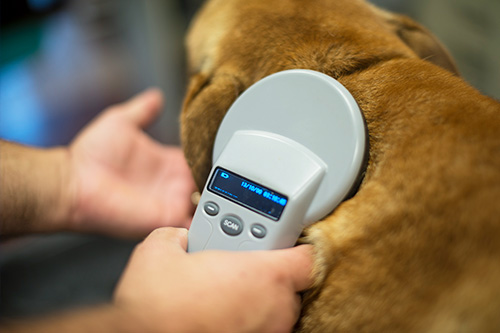Customs Declaration for International Pet Transport
Transporting pets such as dogs and cats internationally requires compliance with strict regulations from both the country of export and the country of import. Below is a detailed guide on the process and necessary knowledge for making a customs declaration when transporting pets abroad:

Check Entry Regulations of the Destination Country
Each country has its own set of rules for allowing pets to enter, which may include:
- Veterinary Certificate: Most countries require a health certificate issued by a licensed veterinarian. This document certifies that the pet is free from contagious diseases.
- Vaccination Records: Pets must be up-to-date on vaccinations, especially against rabies. The vaccination certificate must be issued within a certain period (typically 6 months to 1 year before entry).
- Quarantine Requirements: Some countries may require pets to undergo quarantine upon arrival, typically ranging from a few days to several weeks, depending on local health regulations and disease control.
Certificate of Origin
A certificate of origin for the pet may be required to prove its background, often issued by a relevant veterinary authority or an authorized body from the country of export.
Microchip Identification
Many countries require pets to have a microchip that complies with international standards (ISO 11784 or 11785). The microchip allows authorities to track and verify the pet’s identity upon entry.

Health Certificate from a Veterinarian
You must obtain a health certificate from a licensed veterinarian before departure. This certificate is typically valid for 10 to 14 days and must include:
- The pet’s name, age, breed, and general description.
- Detailed vaccination history, especially the rabies vaccination.
- General health status, confirming the pet is fit to travel.
Customs Declaration Process
When transporting pets internationally, you must declare the animal to customs authorities, and the following documents are typically required:
- Customs Declaration Form: A form that includes details about the pet (e.g., species, breed, etc.) and the purpose of transport.
- Animal Transport Permit: Some countries require a special permit for the transportation of live animals.
- Supporting Documentation: Health certificates, vaccination records, certificates of origin, and any other relevant documents.
Prepare a Suitable Pet Carrier
According to the International Air Transport Association (IATA) regulations, pets must be transported in an approved carrier or crate that is secure, well-ventilated, and appropriately sized. The crate must allow the pet to stand, sit, and turn around comfortably.
Choosing the Right Airline
Not all airlines accept pets for transport. Check the specific airline’s policies regarding live animals, including the allowed weight, size of the carrier, and documentation requirements.
Quarantine and Veterinary Check on Arrival
Upon arriving in the destination country, pets may be subject to a veterinary inspection. Additionally, depending on local regulations, pets may need to go through a quarantine process to ensure they are not carrying any diseases.
Insurance and Shipping Costs
Shipping pets internationally can incur significant costs, including shipping fees, documentation charges, vaccination costs, and quarantine fees. Additionally, pet insurance can provide coverage for potential risks during transport.
Countries with Specific Restrictions or Bans
Some countries have strict regulations, and others may even prohibit the importation of specific dog breeds (such as dangerous breeds). Make sure to thoroughly check the destination country’s pet import policies before planning to transport your pet.
Additional Considerations
- Processing Time: Preparing all the documents and completing the process may take several weeks, so it’s important to start early.
- Professional Assistance: If the process becomes too complicated, you can seek help from companies that specialize in international pet transport services for guidance and support.
Transporting dogs and cats internationally requires careful planning and adherence to legal requirements. By following these steps and preparing the necessary documents, you can ensure that your pet’s journey is smooth and stress-free, ensuring their safe arrival at the destination.
More posts you might be interested in:














